Fashion Photographer Hiro, Who Excelled in Originality, Dies at 90
- Oops!Something went wrong.Please try again later.

The imaginative Japanese American photographer Yasuhiro Wakabayashi, whom generations knew as “Hiro,” died Sunday at the age of 90 at his home in Bucks County, Pa.
His death was confirmed by Peita Carnevale, the producer of his New York City studio for more than 25 years. There are no current plans for a service.
More from WWD
The photographer’s relatives did not respond immediately Thursday to a request for comment.
With his Surrealism, unexpected combinations, unusual lighting, bold colors and subversive wit, Hiro made his mark in fashion, still lifes and portraiture. His pathway to the pantheons of fashion photography was put in motion after becoming an apprentice for Richard Avedon in 1954.
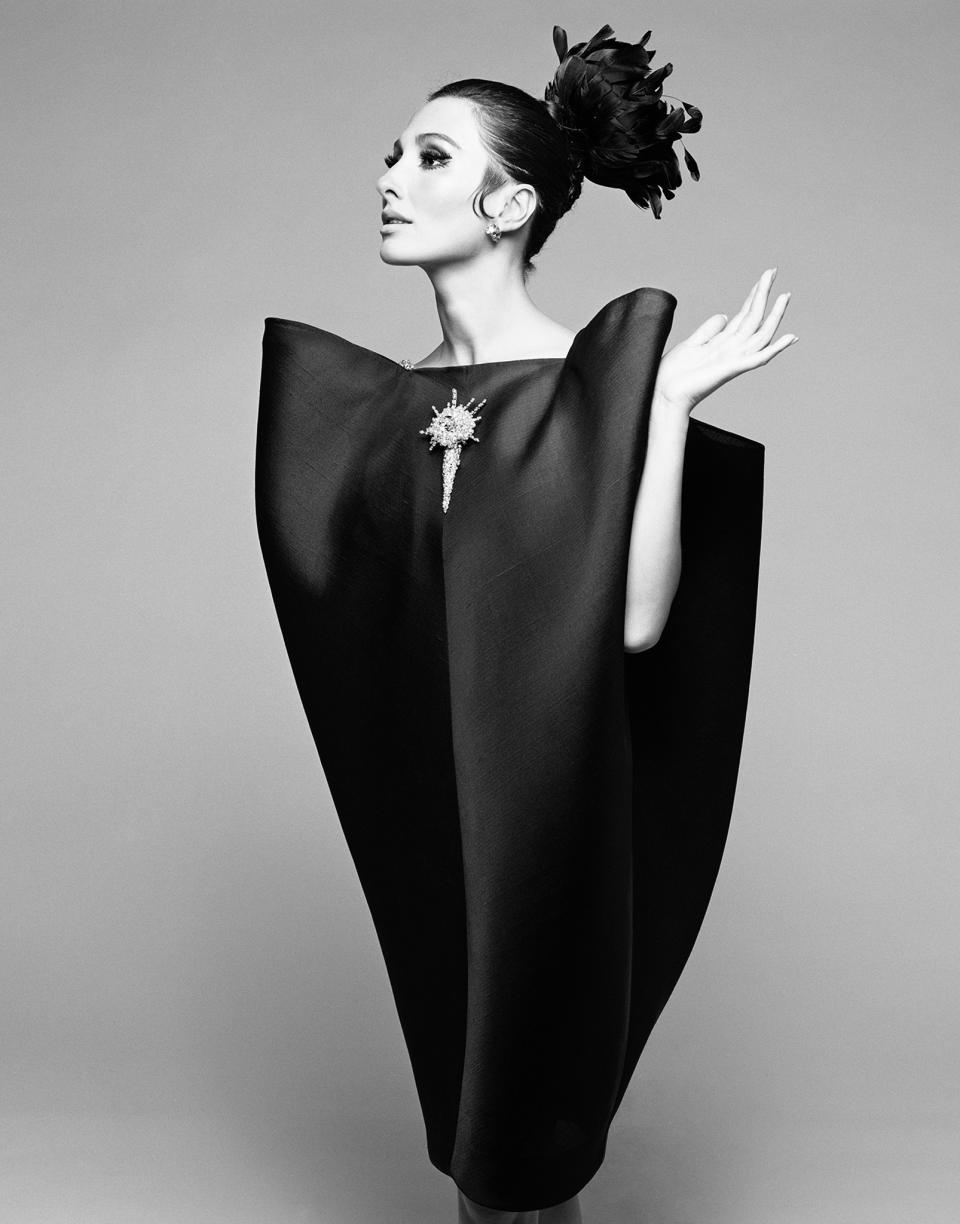
Hiro/Courtesy of Hiro Studio
With his ingenuity and precision, the photographer’s portfolio covered reportage, portraits, fashion, still lifes, unique prints and vintage prints (ranging from 1960 to 2010). His talent was evident in the assortment of cameras — Hasselblad 500C/M, Polaroids and others in varying sizes — that he wielded to shoot. His collaboration with the artist, jewelry designer and model Elsa Peretti was 50 years in the making. After Harper’s Bazaar’s editor Nancy White introduced Hiro to Peretti, the photographer then introduced her to Roy Halston, who adopted Peretti as his muse. In what was a unique relationship in advertising between a photographer and an artist, Hiro took every national ad for Peretti’s merchandise for Tiffany & Co., from the early 1980s. That only stopped before the pandemic shutdown, Carnevale said.
Whatever the photos may be of — fighting fish, an accordion-like rack of Apollo spaceflight training suits, an overcrowded subway car in Tokyo, a black evening dress in flight, a collage-like close-up of Marisa Berenson for Harper’s Bazaar, a black-and-white shot of game fowl fighting or a surrealistic shadowed close-up of the beautified face of Jerry Hall’s seemingly reclined before the shoreline and exhaling smoke — Hiro’s imagery reeled in the curious and the confounded alike. His image of a four-cornered Cristóbal Balenciaga dress was a favorite of his as well as of the exacting designer’s. His 1963 shot of a Harry Winston diamond secured in a hoof underscored his originality.
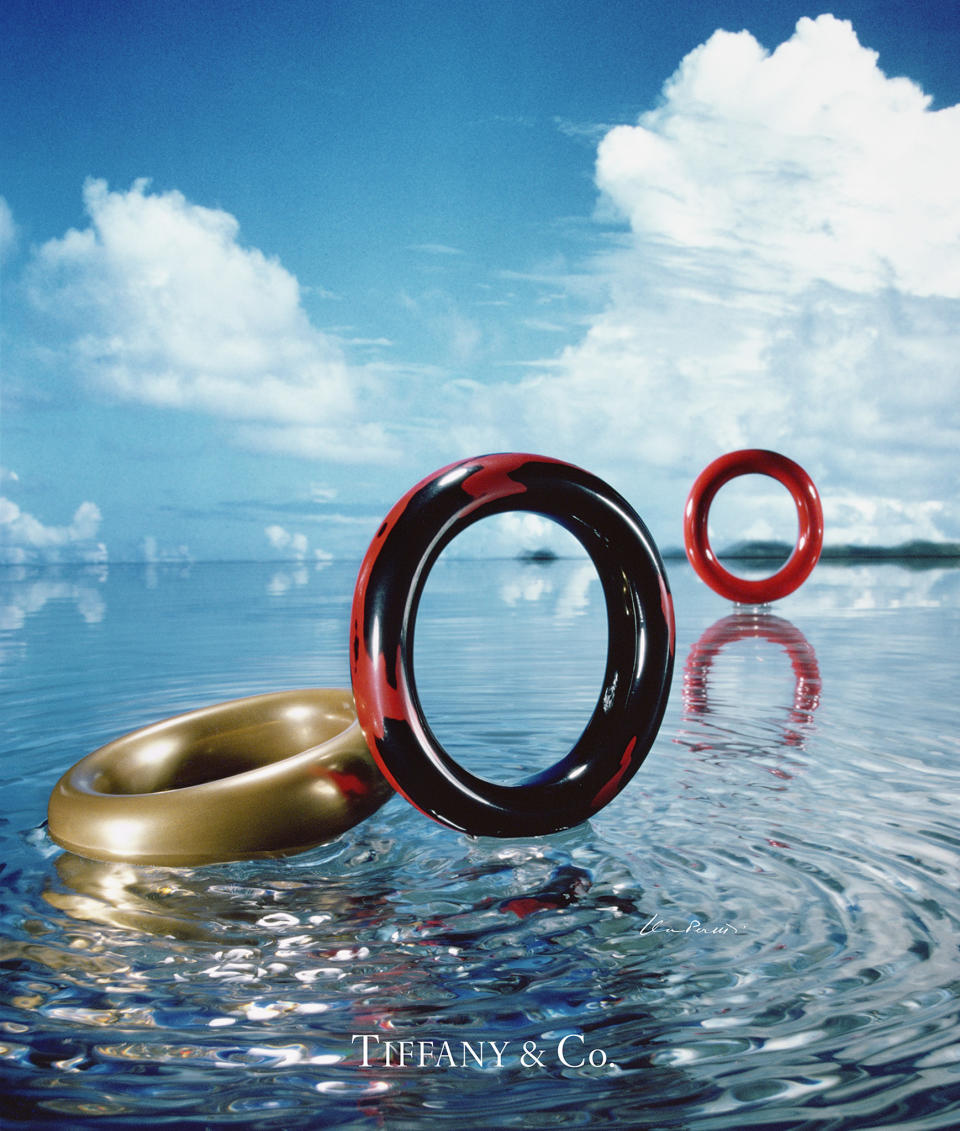
Hiro/Courtesy of Hiro Studio
A member of the International Photography Hall of Fame, Hiro merited an entire issue of American Photographer magazine in 1982. The publication flagged the edition with the headline, “Is This Man America’s Greatest Photographer?” His work is sold in Pace Gallery in New York and in Hamiltons Gallery in London and Europe.
During his lengthy run at Harper’s Bazaar, Hiro became the only photographer under contract at the magazine in 1963, a post that he held for a decade. He was named photographer of the year by the ASMP in 1969. As a photographer, Hiro saw himself more as artistic than an artist. “Let’s say I am a creative person. I get bored easily. I try to be creative even when I eat. I’ve eaten snake. I will try anything once,” he said.
That enterprising spirit infused his work. The photographer packed his frames with everything he lived and felt including sports, travel, people, children. “It’s all condensed into photography. It’s the only thing I want to do,” he told WWD in 1966, after taking over the lead photography job at Harper’s Bazaar, succeeding Avedon. Prior to that, Hiro and Avedon had shared an East 58th studio for nine years, where they seldom spoke but “being photographers watched each other,” Avedon once explained.
Acknowledging the fickleness of fashion photography, he chalked that up to the nature of fashion — “When it’s in, it’s out. Changes are made in parts of an inch. The photographer must register this through a unique interpretation. It’s like the comedian who must constantly deliver a new punchline.”
Hiro’s work is part of the permanent collections of the Museum of Fine Arts in Boston, the National Portrait Gallery, the Victoria and Albert Museum, the Tate Modern, the J. Paul Getty Museum, the Tokyo Metropolitan Museum of Photography and the Kobe Fashion Museum among others.
Having assisted Hiro and Avedon starting in the late 1960s, photographer Gideon Lewin recalled on Thursday how Hiro was “so specific, very much in control, imaginative and he knew where he was going with every photograph and eventually got what he wanted.” Hiro worked so down to the wire that the exposures could be one-tenths of a second and he could request the lighting be moved a mere inch and a half. “He was a great mentor because you learned. He taught you. He explained. When I was printing for him, he went in the darkroom and showed me exactly what he wanted. Avedon never went into the darkroom (laughs.)”
Lewin said Hiro was also fun when traveling, whether that be to the collections in Paris or to Little Dix Bay to shoot jewels underwater for Harper’s Bazaar. “After a big breakfast, he said, ‘OK, let’s go.’ I was so nauseous in that little boat. We strung the jewels on a fishing string. He went down underwater, came back and said, ‘I can’t see anything. It’s so murky. We have to do it on the beach.’”
Hiro and Lewin returned to the shoreline and built a moat together in the sand. Just as Hiro was about to take the shot, a crashing wave swept away the jewels. The pair jumped into the water, started digging frantically and “fortunately, just got the jewels,” Lewin said. “We both looked at each other and said, ‘Wow — what luck. We could have lost $200,000 in jewels right there.’”
After each drew a deep breath, they started over, a bit further away from the water. After getting the shot, they got “a nice big drink for lunch,” Lewin said. “But in the excitement of all that, he really was calm. I’m also a calm person. But we reacted the same way, dropping everything and jumping into the water. And we got the jewels.”
On location for another beachfront shoot, Hiro and Lewin were temporarily without luggage due to a mix-up at the hotel. Rather than miss out on an after-hours swim, they borrowed the models’ bikinis. “Those were the kinds of instances where his sense of humor really saved the day,” Lewin said.
Dear Dave magazine editor Stephen Frailey said Thursday, “Hiro’s singular aesthetic proposed a definition of the modern as a visual glamour, braiding an elegance of the natural world with artifice in startling proximity and dialogue. The images were emphatic and assertive in their beauty, and with his contemporaries, helped to reinvent the design of the magazine page and establish the photographer as its essential partner.”
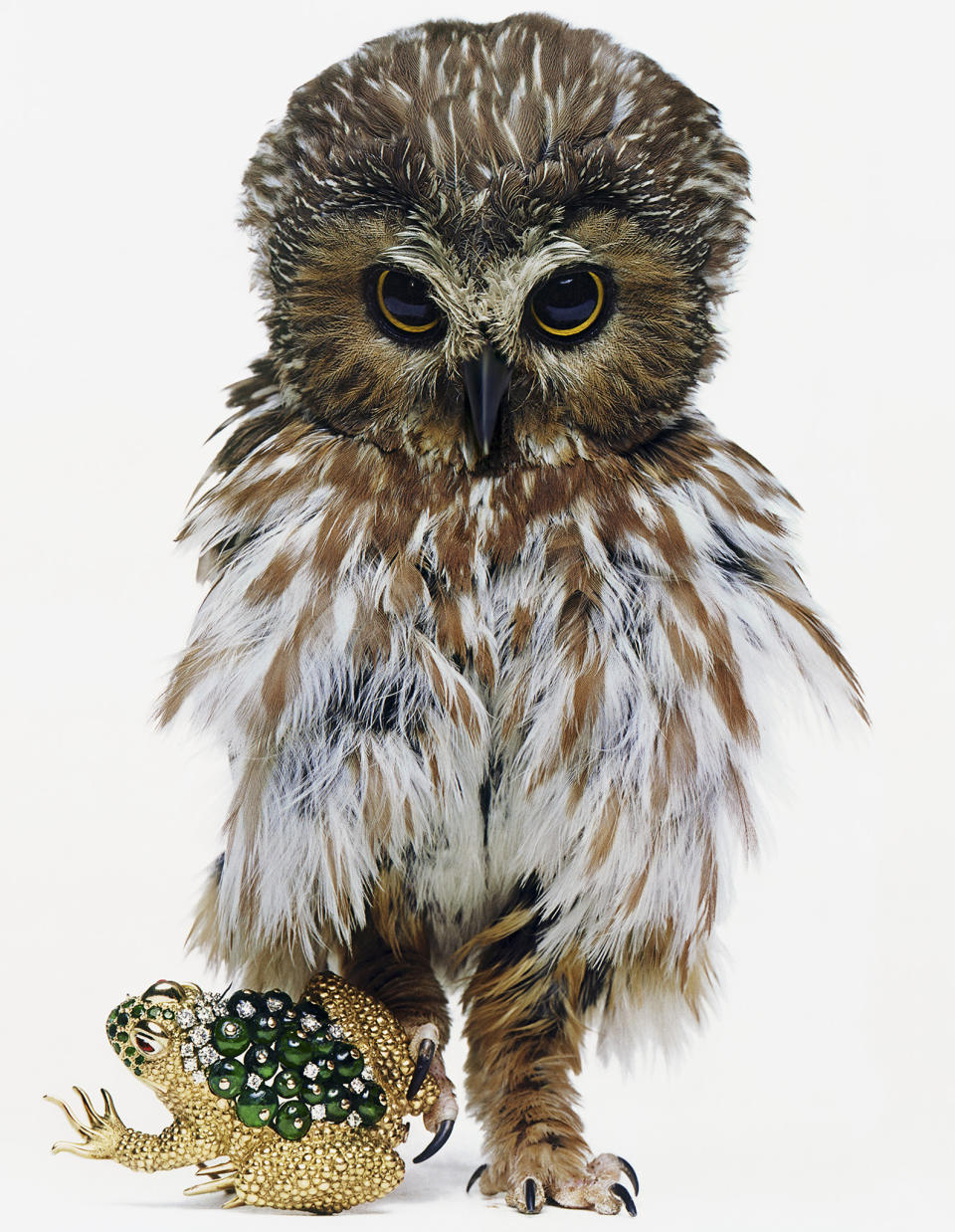
Hiro/Courtesy of Hiro Studio
To keep his interest, Hiro vacillated from fashion to reportage to still lifes to portraiture. Having maintained a reputation for arriving for a shoot completely prepared, the photographer also had the ability to operate strictly on feeling. A face reflected on a piece of polished aluminum, a jewel as seen through a Lucite cube, a brooch held by an owl and a snake bracelet wrapped around an egg were among his thousands of fashion images. The photographer always strove for fashion pictures that were simple and essential as possible.
Editor and author Mark Holborn said of Hiro in an email to Carnevale, “He had an extraordinary, unimaginable life in every way. For me, he represented the most delicate of the pre-digital artists. He worked at the frontier of what was possible.”
Hiro also grasped the contradictions of the world of style and resolved them at times through fantasy. “Fashion will never be natural. Women will not go for it,” he explained to WWD in 1966. Never gimmicky, he sought the fantastic — something to stimulate, entertain, amuse, startle, provoke or, “mix in your blood,” as he said.
Shirking the idea that fashion magazines should be like catalogues, Hiro believed in the witty and imaginative. “They make you think. The look in the photograph is not to be copied line-for-line. It should create a mood. Touch off something in the reader. She goes on from there.”
Born in Shanghai and raised in pre-World War II Peking by his Japanese mother and father, who was a university linguist, Hiro told WWD how he hated school while it was under military control. “There was only one answer for each question,” he explained in 1966. That led him to photography, “where there is no single answer. No right or wrong. Only shades of interpretations.”
At 14, he was drafted into the Japanese Army of Occupation in Peking where he witnessed men being executed, tortured and slipping into psychological madness. After the war ended, the 15-year-old Hiro and his family was later repatriated and returned to Japan in 1946 after Hiroshima and Nagasaki were struck with atomic bombs. With $3 and all they could carry on their backs, the family went to Tokyo. “They dug a trench in the burnt earth, put a piece of corrugated metal over the top and moved in,” Avedon once explained.
Hiro considered himself a visitor all his life without being wholly Eastern nor Western. After attending high school in Japan and saving his money for five years, Hiro left Asia at the age of 22 in 1952 to study photography. While not yet fluent in English, his first cross-country trip from Los Angeles to New York was by bus. Having flipped through issues of Vogue and Harper’s Bazaar in post-WWII Tokyo, Hiro set out determined to work for Avedon or Irving Penn.
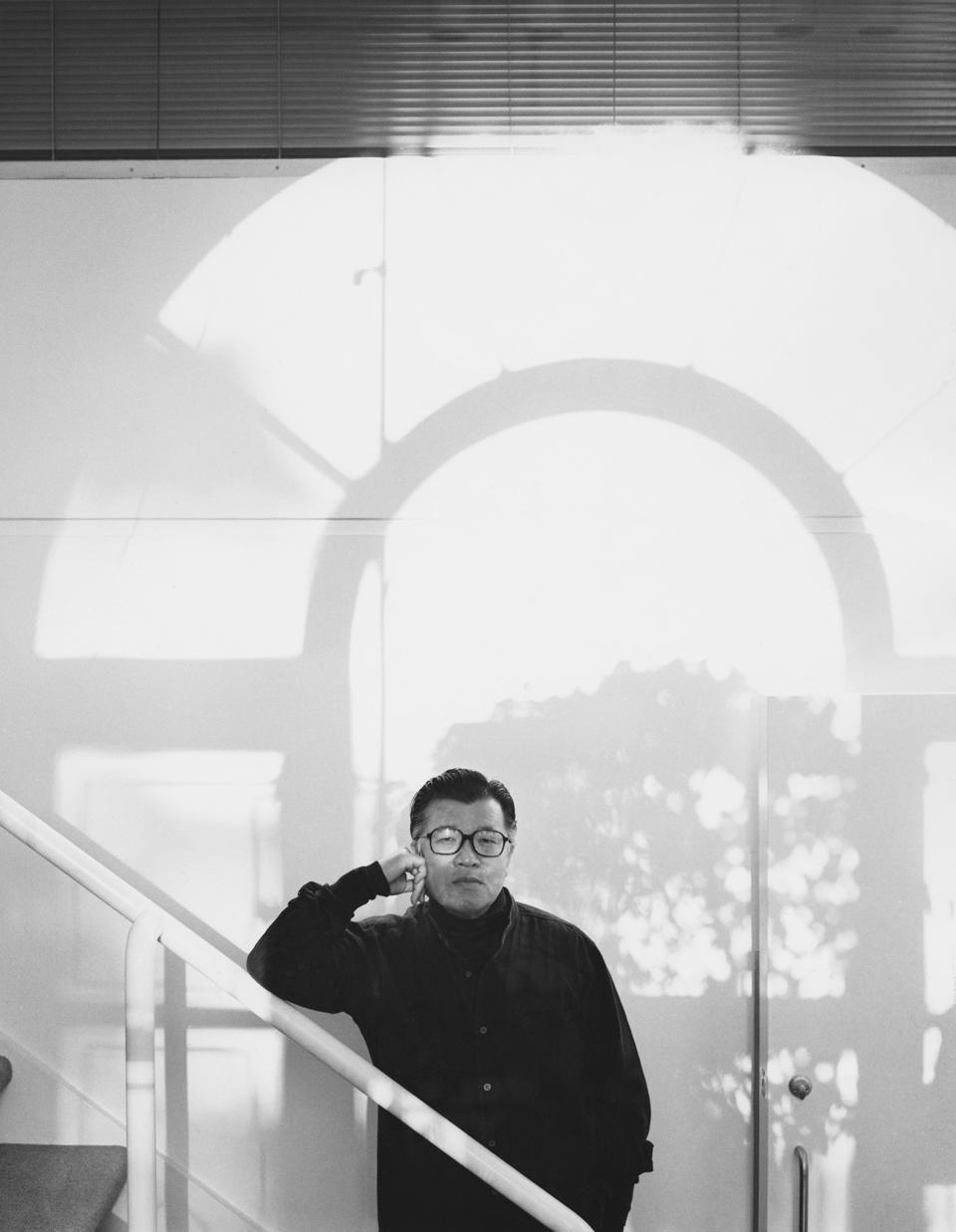
Hiro/Courtesy of Hiro Studio
Sickly as a child, his academic performance fell short with his parents so resettling in New York was a means to test himself. His thinking was that if he failed, he could only blame himself.
That never came to pass though. Two key career breakthroughs were first becoming Reuben Samberg’s assistant and later at The New School, where he studied with the former Harper’s Bazaar art director Alexey Brodovitch. That introduction was made by Avedon. Hiro was said to have lived up to Brodovitch’s dictum of, “If you look in your camera and see something that you’ve seen before, don’t click the shutter.”
By 1966, Hiro was earning $2,000 for part of a day’s work, whether that be shooting on an island in Colombia or at a studio in Paris. Grateful to be doing exactly what he wanted to be doing at the age of 35, Hiro once explained what made him click was no loftier than enjoyment. “Ye gads, I’m not thinking about art or civilization. Fashion is a business.”
Then editor in chief at Harper’s Bazaar White said at that time, “There isn’t anything or anyone he can’t photograph beautifully.”
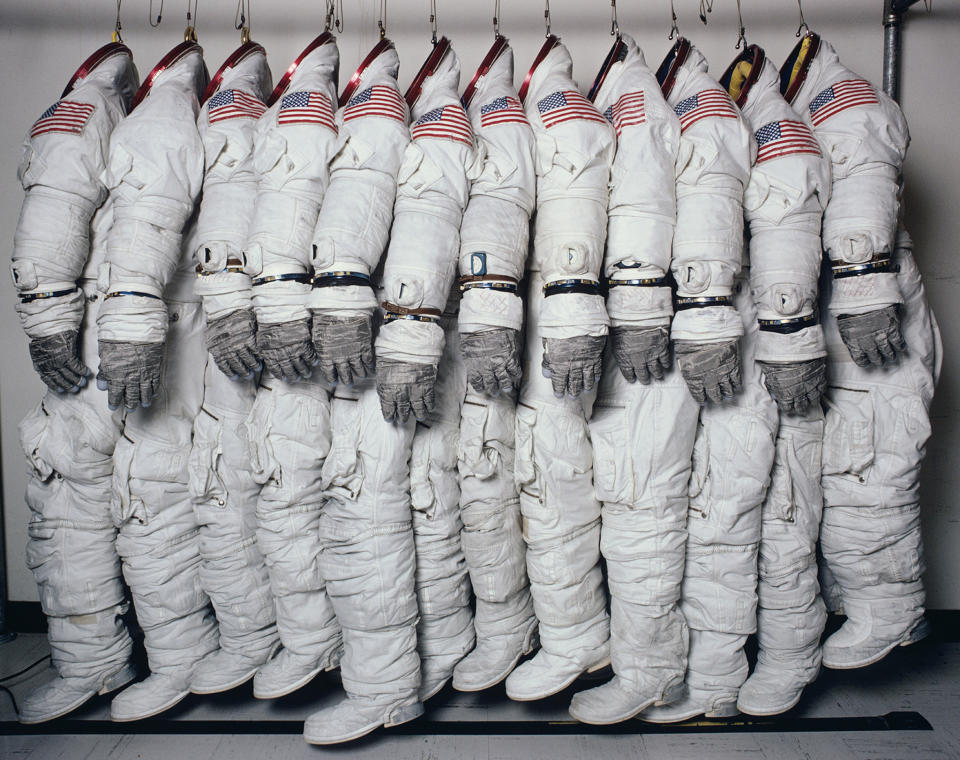
Hiro/Courtesy of Hiro Studio
In 1965, Avedon sized up most of the fashion photographers as “Xerox machines” with the exception of Irving Penn, William Klein and Hiro. “It’s a business like others with many technicians and few geniuses,” Avedon told WWD at that time. He later upped the compliment, describing Hiro as “one of the very few artists in photography.”
In a 1965 essay, Avedon recalled watching Hiro feed an owl a live mouse and then photograph the owl with one of his claws clutching a jeweled frog. At times, Hiro would study a photograph for three hours without moving his body, Avedon wrote. “He is able to bring his fear, his isolation, his darkness, his splendid light, to film.”
In 1972, Hiro’s alliance with Bazaar did not deter Condé Nast’s S.I. Newhouse from presenting him with the Newhouse Citation “for significant contributions to the field of visual communications” at Syracuse University’s S.I. Newhouse School of Public Communications. His tenure with Harper’s Bazaar continued on, when Glenda Bailey was at the helm editorially starting in 2001 and for a decade-plus. In 2004, Hiro shot La Prairie’s first advertising with a living, breathing woman. Actually, the gorgeous creature spotlighted in the Silver Rain fragrance print and outdoor campaign was the composite of four models. While the photographer selectively worked with MAC Cosmetics, Neiman Marcus’ The Book and other fashion outlets, he shot pretty exclusively with Peretti, who died earlier this year.
When perfect thinness became a beauty ideal in the early 1970s, Hiro addressed the ripple effect of photography, “We’ll create a special effect in the studio for fun and it’s a shock when you see it walking down the street. They don’t think, they copy.”
And when more robust models became in demand, he understood that women would try to do the same. Hiro told WWD in 1972, “The followers will follow…like sheep.”
Along the way Hiro married Elizabeth Clark and the couple had two sons, Gregory and Hiro Clark. The photographer became a naturalized American citizen in 1990. Even in the Aughts, Hiro continued to influence a large proportion of young photographers who paid indirect homage to him (and Avedon) as pointed out by French Vogue’s former editor in chief Carine Roitfeld in 2002.
Hiro is survived by his wife and two sons.
Best of WWD
Sign up for WWD's Newsletter. For the latest news, follow us on Twitter, Facebook, and Instagram.

